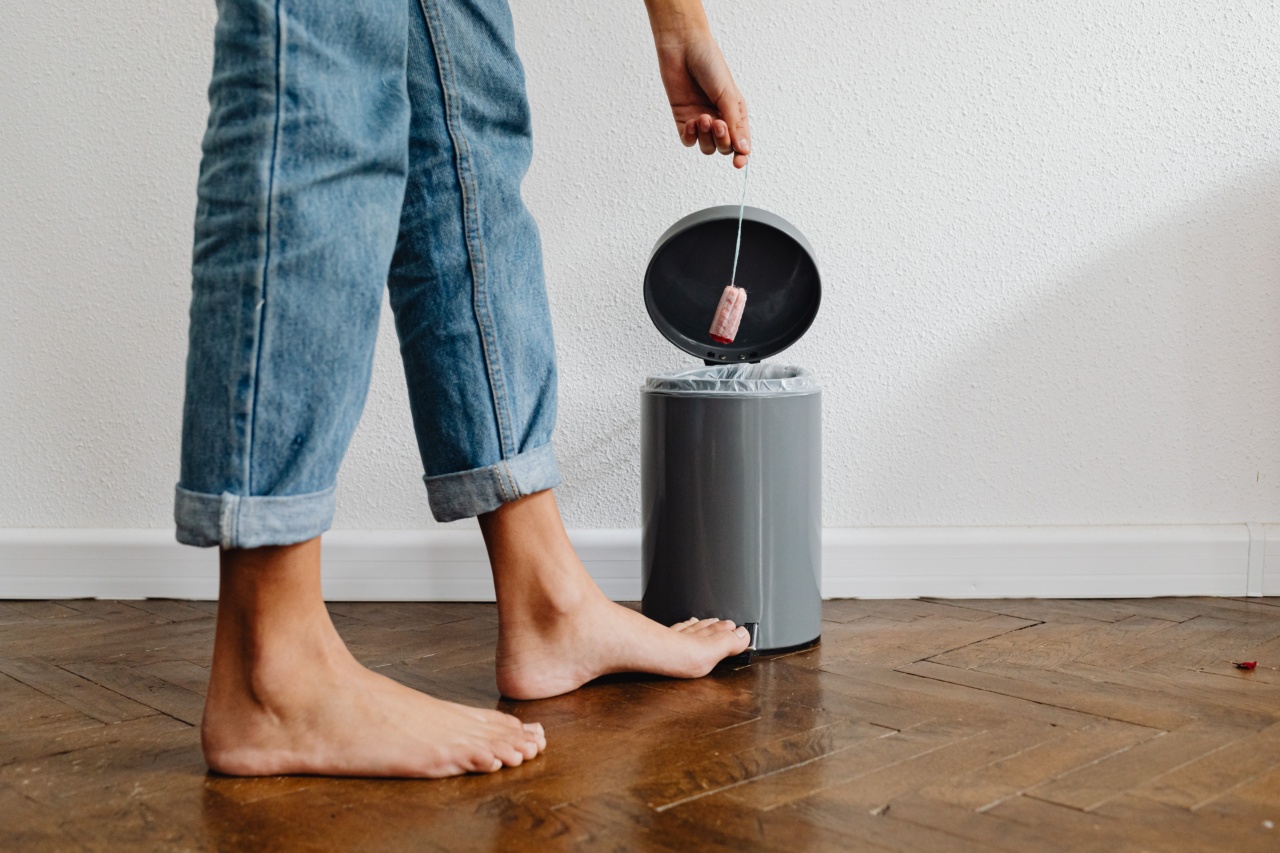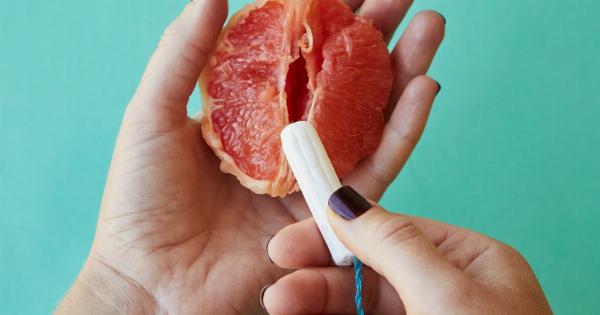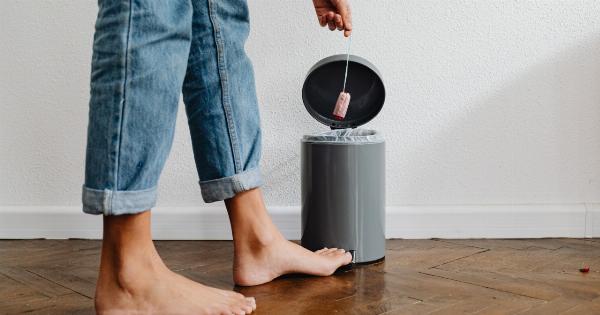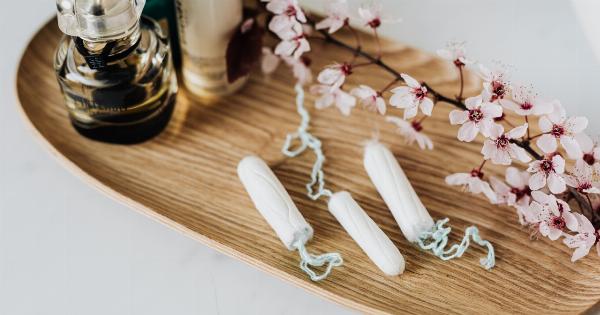Many women wonder whether it is safe to leave a tampon in for 8 hours. This is a valid concern as using tampons incorrectly can lead to serious health risks such as toxic shock syndrome (TSS).
In this article, we will explore the basics of tampon use, the potential risks associated with prolonged use, and tips on how to safely use tampons for up to 8 hours.
Understanding tampons
Tampons are feminine hygiene products that are inserted into the vagina during menstruation to absorb menstrual flow. They are typically made of cotton or a blend of synthetic materials.
Tampons come in various sizes, absorbency levels, and applicator types. When used correctly, tampons can provide comfort and convenience during periods.
Potential risks of leaving a tampon in for 8 hours
Leaving a tampon in for longer than the recommended time can increase the risk of developing a rare but serious condition known as toxic shock syndrome (TSS).
TSS is a bacterial infection that affects the immune system and can be life-threatening if not promptly treated. Symptoms of TSS include high fever, rash, low blood pressure, and organ dysfunction.
The risk of TSS is higher when tampons with higher absorbency levels are used, as they can create a favorable environment for bacteria growth.
Additionally, leaving a tampon in for an extended period can cause vaginal dryness, discomfort, and potentially lead to vaginal infections.
Safely using tampons for up to 8 hours
To minimize the risks associated with tampon use, it is crucial to follow a few guidelines:.
1. Choose the right absorbency level
Select a tampon with an absorbency level that matches your flow. It is essential to avoid using higher absorbency tampons when your flow is light, as they can increase the risk of TSS.
2. Change tampons regularly
To prevent the risk of TSS, it is recommended to change tampons at least every 4 to 8 hours. If you have a heavy flow, you may need to change your tampon more frequently.
3. Use the lowest absorbency needed
Using a tampon with the lowest absorbency level needed for your flow decreases the risk of TSS. It is not necessary to use tampons with higher absorbency levels unless your flow requires it.
4. Wash your hands
Before inserting or removing a tampon, always wash your hands thoroughly with soap and water to minimize the risk of introducing harmful bacteria into the vaginal area.
5. Alternate with pads or menstrual cups
To give your body a break from tampons, consider alternating their use with pads or menstrual cups. Menstrual cups, in particular, are a safe and eco-friendly alternative that can be worn for longer periods without increasing the risk of TSS.
6. Avoid overnight use
It is generally recommended to avoid using tampons overnight, when sleep tends to exceed the 8-hour mark. Opt for using pads or menstrual cups during this time to minimize the risk of TSS.
7. Consult a healthcare professional
If you have any concerns or questions about tampon use, it is always best to consult a healthcare professional. They can provide personalized advice based on your health history and guide you on the best practices for tampon usage.
The bottom line
Leaving a tampon in for 8 hours is generally safe if you follow the recommended guidelines. However, it is crucial to be aware of the potential risks associated with prolonged tampon use, such as toxic shock syndrome.
By selecting the appropriate absorbency level, changing tampons regularly, and following proper hygiene practices, you can safely use tampons during your period without compromising your health.




























